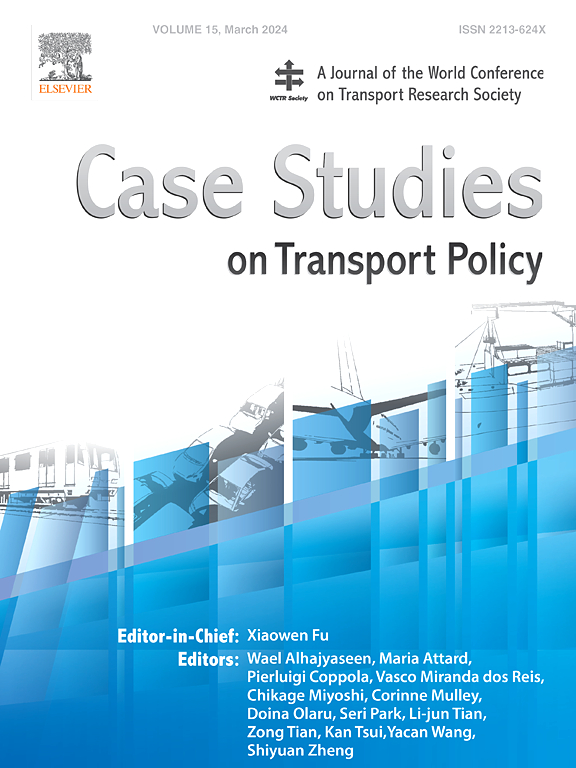
Abstract
Transit Oriented Development (TOD) projects are being increasingly adopted worldwide as a way to promote the coordination between transport and land-use planning. However, little attention has been given to how TOD projects are associated with socioeconomic and spatial inequalities and its effects on people’s access to economic activities and public services, particularly in the Global South. In this paper we analyze how socio-spatial inequalities have been shaped by transport and land-use planning in Curitiba (Brazil), a city internationally recognized for its TOD planning based on Bus Rapid Transit (BRT). We examine how the spatial organization of the BRT system is associated with the distribution of population densities, socioeconomic groups, and real-estate values and its implications in terms of inequalities of access to employment opportunities and health services. The results show that Curitiba's TOD has had limited influence on population densities, but contributed for the unequal distribution of its benefits, privileging high-income classes and premium real-estate along its main BRT corridors. These effects contribute to push low-income communities to peripheral urban areas with limited accessibility benefits from the transit system. Our findings suggest that Curitiba’s success story should be seen as a cautionary tale about the consequences of TOD planning, which perpetuate the spatial concentration of resources and reinforce inequalities of access to opportunities. The broader lesson of this study is that TOD planning must be constantly evaluated by its socials and environmental impacts, and be guided by mixed housing, and social inclusion to avoid potential consequences in terms of segregation and peripheralization of poorer communities.